NATIONAL ZOO AND CONSERVATION BIOLOGY INSTITUTE
4 Animals That Are Not as Creepy as You Think (And 4 That Are Creepier)
Seasons creepings! This Halloween, get to know some animals who don’t deserve to have such fearsome reputations… and some that you might not want to encounter alone on a moonlit night.
/https://tf-cmsv2-smithsonianmag-media.s3.amazonaws.com/filer_public/ca/ff/caffcfbc-4900-4ffd-aea0-28b1192a3dad/barredowl-001.jpg)
Seasons creepings from all your friends at Smithsonian's National Zoo and Conservation Biology Institute!
This Halloween season, the Zoo is looking at animals in our care who don’t deserve to have such fearsome reputations... and a few you might not want to encounter alone on a moonlit night.
Not creepy: Red wolf
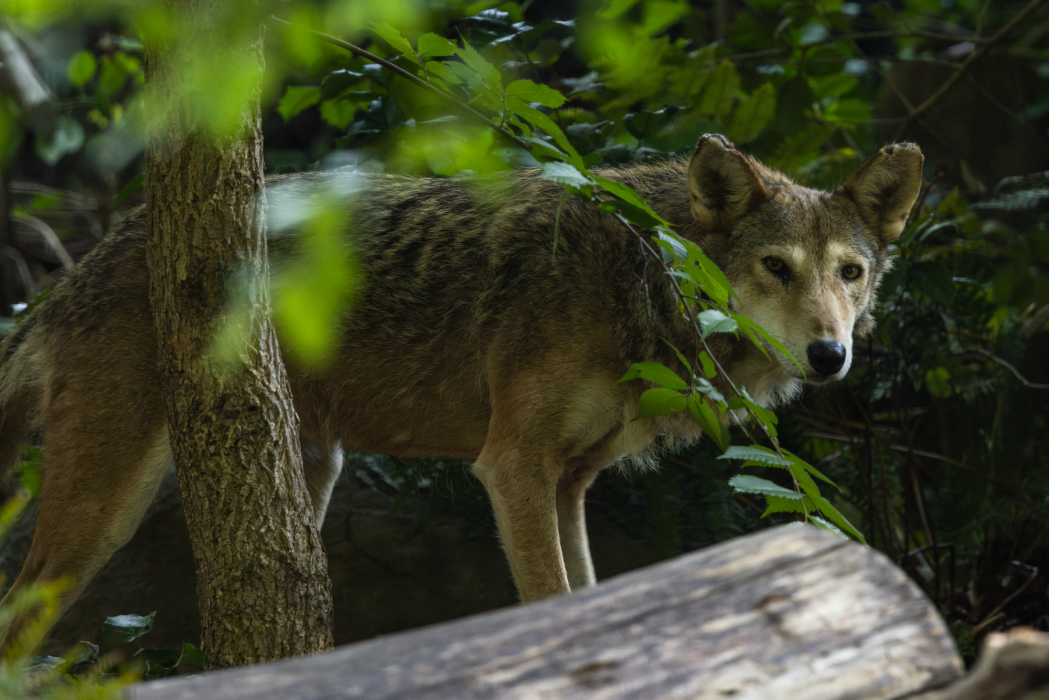
Despite their fearsome reputation and their eerie howl, red wolves are actually very shy around humans! In fact, they tend to avoid human contact whenever possible.
And they don’t actually howl at the moon. Rather, they howl at night to communicate with other wolves that would otherwise be very difficult to find over large expanses of territory. (And of course, if you’re a wolf looking for your fellow packmates, they’re going to be a lot easier to find under the light of a full moon than in total darkness.)
So the next full moon, take a cue from the red wolf and ask your friends, “Howl you doin’?”
Creepy: Barred Owl
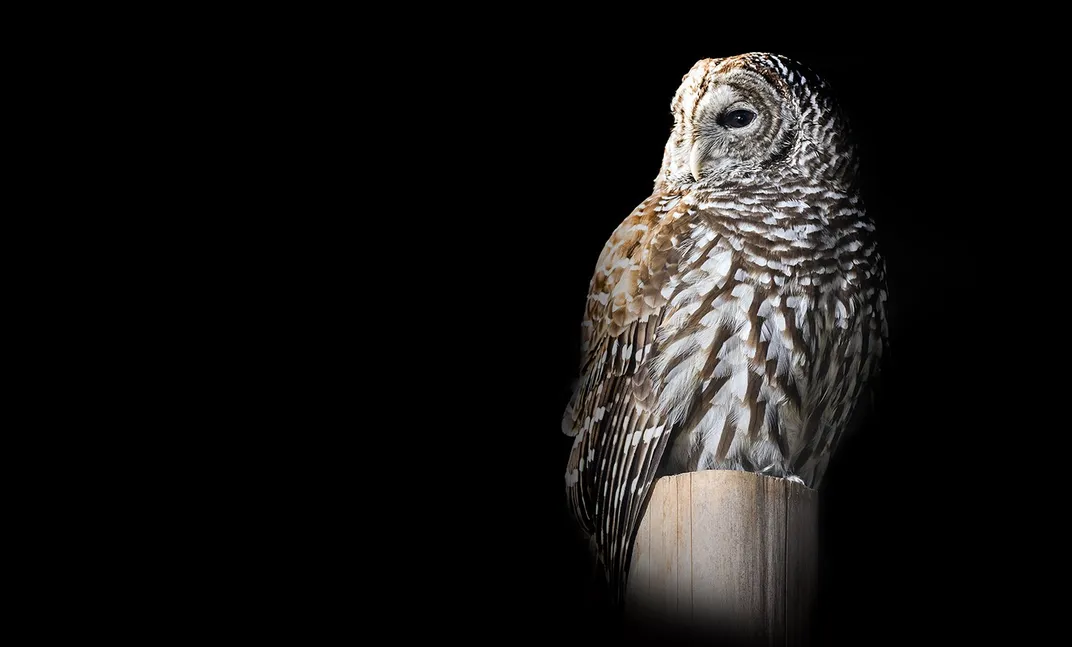
If you’re a small animal wandering in a moonlit forest, better watch out—it’s possible you’re being stalked by a silent killer.
Most humans already consider owls to be perfectly spooky Halloween symbols. A loyal pet owl from a certain magical book franchise has helped soften the birds’ public image in recent years, but thanks to their ghostly plumage, piercing eyes and eerie calls, the presence of a nearby owl can send chills down the spine of even the most seasoned outdoor explorer.
While owls may be somewhat spooky to humans, they’re downright terrifying to woodland animals. Owls are true creatures of the night and have adaptations to their wings and feathers that suppress noise, allowing these stealthy raptors to hunt their prey in almost complete silence, with no flapping or rustling from their soft wings.
And once these predators have spotted their prey, it’s time to hunt. With sharp beaks and hooked talons, species like the barred owl can take down nearly any animal smaller than themselves, including skunks, opossums, squirrels, frogs, lizards, raccoons, mice, voles, snakes, bats, insects, earthworms, fish and other birds. By the time they realize they’re being hunted, it’s too late.
Owls: they’re silent as the grave.
Not creepy: Gila Monster
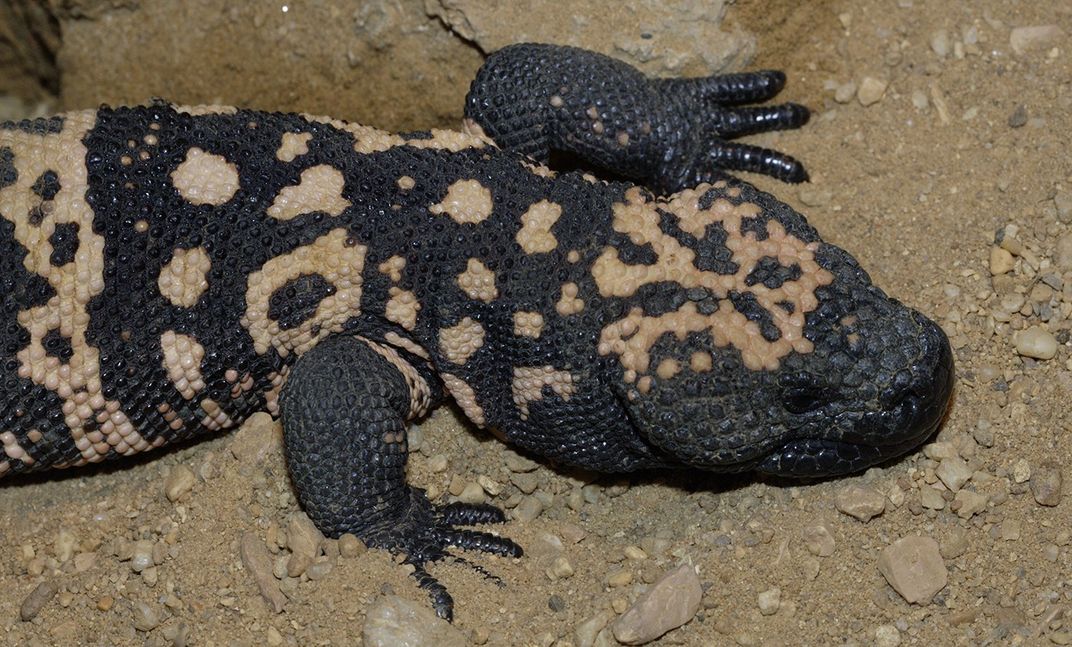
With a ghastly name and a black-and-orange color pattern, Gila monsters have got to be one of the ultimate Halloween monsters…right?
Not quite.
There are all sorts of myths surrounding just how ‘deadly’ these creatures can be—due in part to an extremely cheesy 1950’s sci-fi movie—but there’s really no need to fear a Gila monster. In their natural desert habitats, they spend much of their time in humid underground burrows. In fact, digging those hideaways is one of the main reasons these lizards have their sharp, curved claws.
Behaviorally, these chunky creatures tend to be docile and slow-moving. And while their bites do contain neurotoxic venom, they only produce a little at a time—not enough to kill a healthy human adult. To date, there is no scientific evidence of anyone dying from a Gila monster bite.
So, if you’re observing these creatures from a safe distance, you’ll likely find they’re not monstrous at all… you might come to see their colorful, gem-like scales as rather boo-tiful!
Creepy: Pygmy slow loris
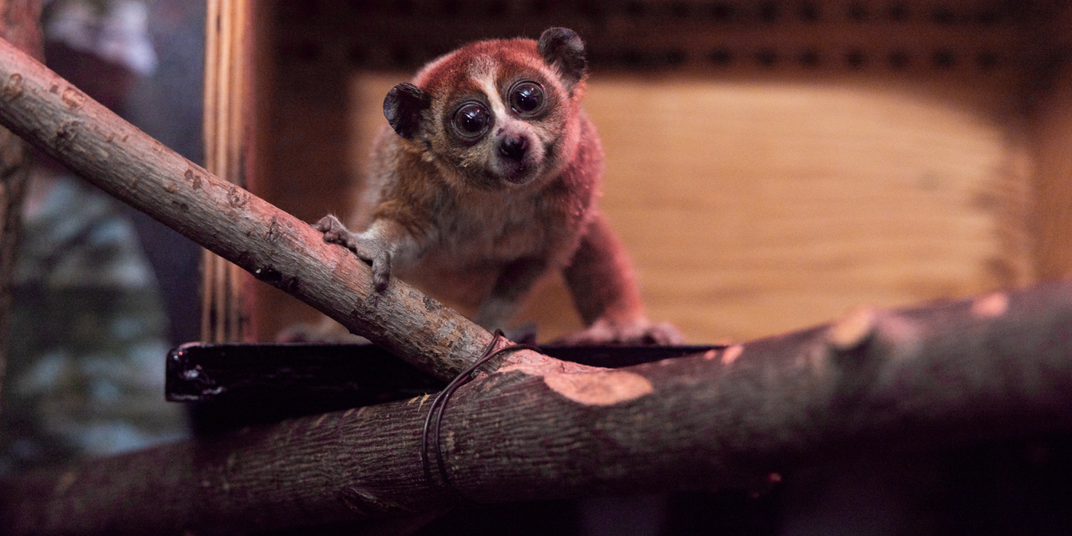
Sure, it looks like a cute little teddy bear.
But appearances can be deceiving.
Slow lorises are the only known venomous primates. Modified sweat glands near their elbows allow slow lorises to secrete a toxin when combined with their saliva. When they’re alarmed, they can lick these glands, spreading the toxin to their teeth. In some species of loris, a single bite is powerful enough to pierce through bone, while painful, flesh-rotting venom can incapacitate predators as large as humans.
The good news is that slow lorises apparently only use this venom in territorial disputes with other members of their species—making these little critters quite the pugnacious prosimians.
Not creepy: Opossum
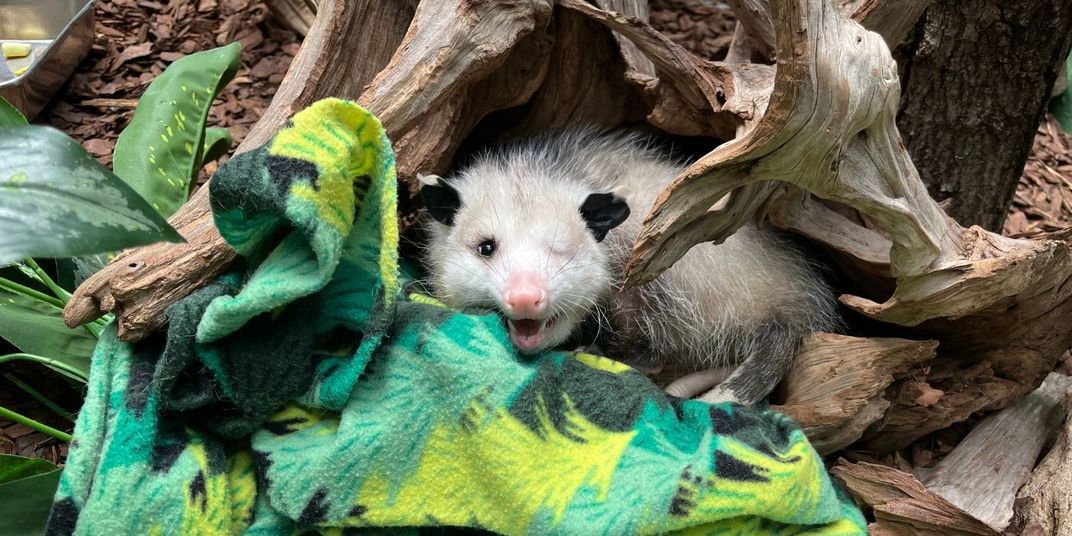
In Mary Shelley’s classic horror novel ‘Frankenstein’, the torch-wielding peasants who chased the Creature out of town didn’t realize he wasn’t created evil. Judging by looks alone, the characters in the story assumed he was a monster and nothing more.
Maybe that reminds you of a certain North American marsupial…?
If you’re going by looks alone, Virginia opossums can seem a little weird. These nocturnal marsupials have rat-like bodies and wide mouths filled with pointy teeth. They have a slow and clumsy gait, but use their pink fleshy tails and strange, human-like hands to climb trees with ease.
But if you get to know them, you’ll find that opossums are not only non-threatening, but extremely good at protecting your neighborhood from pests. One of their favorite insects to eat is the deer tick, which can spread serious illnesses like Lyme disease. In fact, a single opossum can kill up to 5,500 ticks in a week! They’re the closest thing you’ll get to a personal backyard pest-control crew… so the next time you see one, you might want to drop the pitchfork.
Creepy: Prairie dog
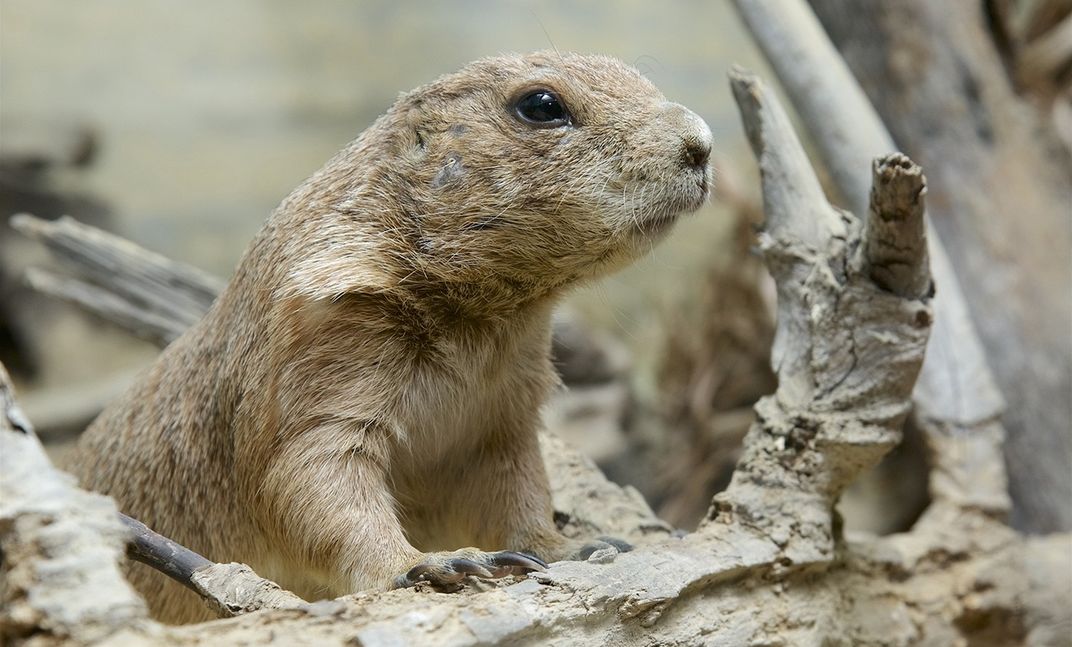
They’re cute, cuddly and may be harboring the plague. Believe it or not, some wild populations of black-tailed prairie dogs in the U.S. have been infected by Yersinia pestis, the same type of bacteria that wiped out nearly half of the European population during the medieval Black Plague.
Fortunately, scientists are working on mitigation strategies to prevent the spread of the disease, including dusting burrows with insecticide to prevent outbreaks among prairie dogs—and other animals like the black-footed ferret, which rely on prairie dogs as a food source.
Bring out your dead!
Not creepy: Horseshoe crab
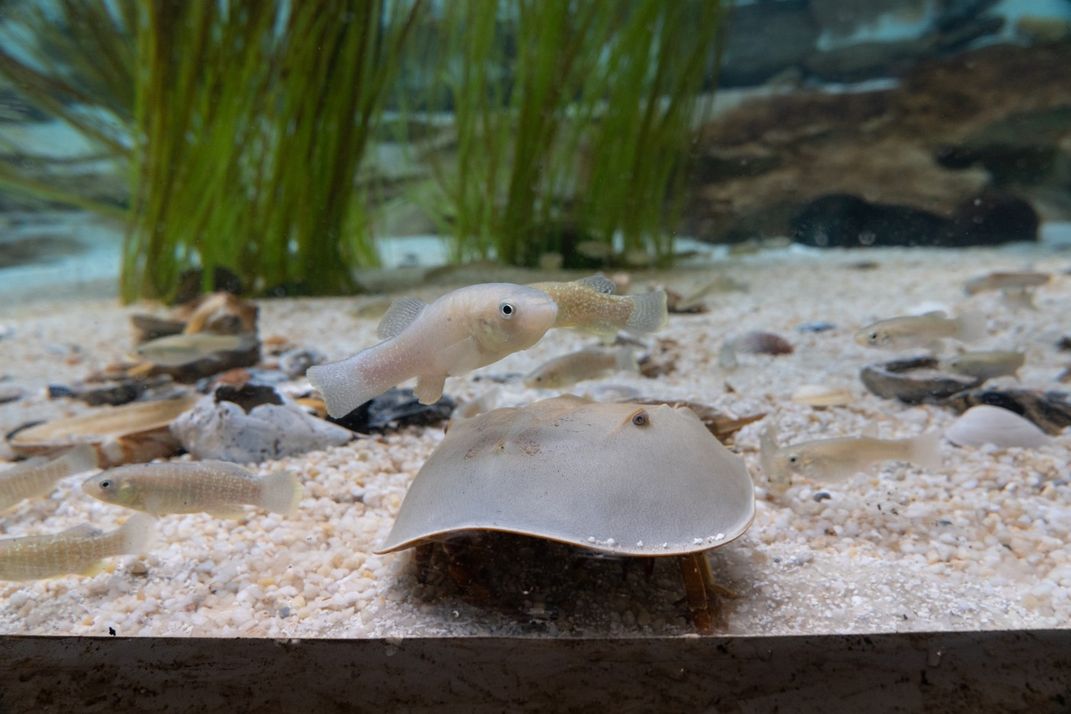
When Alien hit movie theaters in 1979, audience members were terrified by the nightmarish, otherworldly appearance of the titular creature. The man who designed the monster, Swiss artist H.R. Giger, drew inspiration by looking at the fossilized remains of ancient lifeforms.
Don’t take that personally, horseshoe crabs.
Because if there’s any animal that can be called a living fossil, it’s a horseshoe crab. These amazing creatures—which are more closely related to spiders and scorpions than crabs—have existed on Earth for over 445 million years. That means they’ve been around for about 300 million years longer than the rings of Saturn! That’s more wonderous than worrisome.
And once again, in the animal kingdom, looks can be deceiving. Horseshoe crabs have long, menacing-looking tails… but they’re not filled with venom like a stingray, and they’re not used for hunting like a scorpion. Rather, horseshoe crabs' tails, which are called telsons, are used to steer their bodies while swimming, and to flip themselves upright when they get turned upside-down.
Creepy: Bushbaby
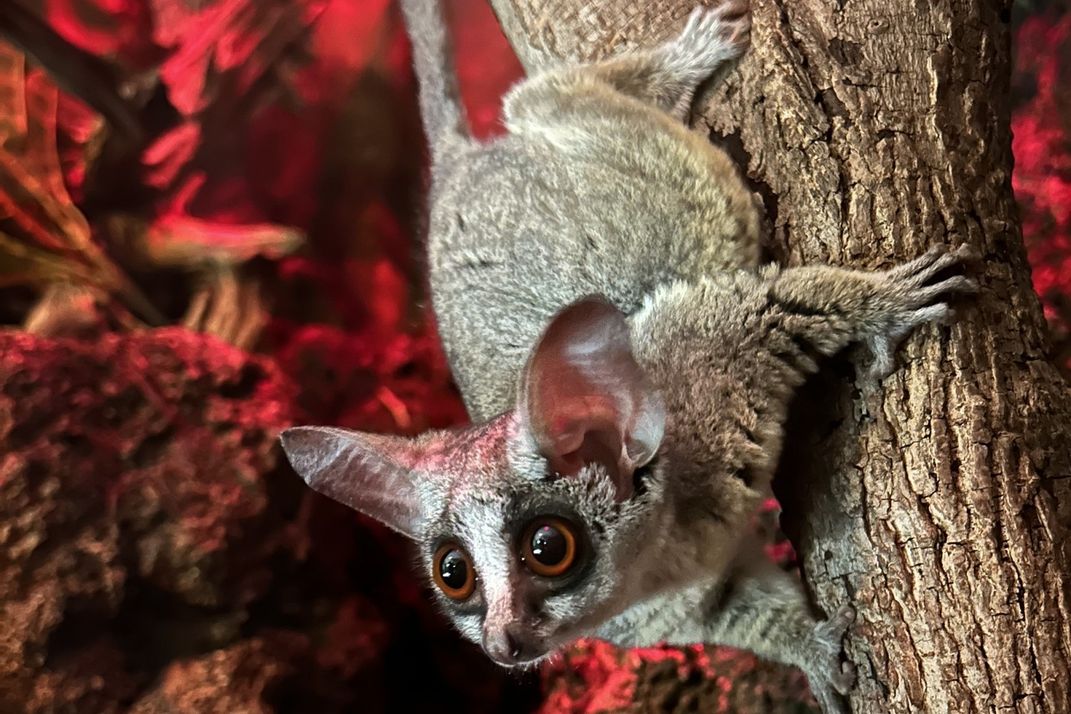
“I vant to suck your blood!”
It sounds creepy when a vampire says it. That’s why it’s spine-chilling when primates like the southern lesser galago suck the blood out of plants…right?
Okay, this one’s a stretch. But it’s true that southern lesser galagoes (also known as bushbabies) regularly drink tree gum, which is a kind of sap produced from trees like the common acacia. Galagoes have specialized jaws and teeth that scrape tree bark, causing sap to flow freely. Often, groups of galagoes congregate around a single tree gouge for a sap-filled feeding frenzy. Which, if you think about it, is exactly what Count Dracula would do if he were a small, nocturnal, tree-dwelling primate.
Creepy or not, you can get to know each of these mysterious and misunderstood animals during your next trip to the Zoo. Plan your visit today!

